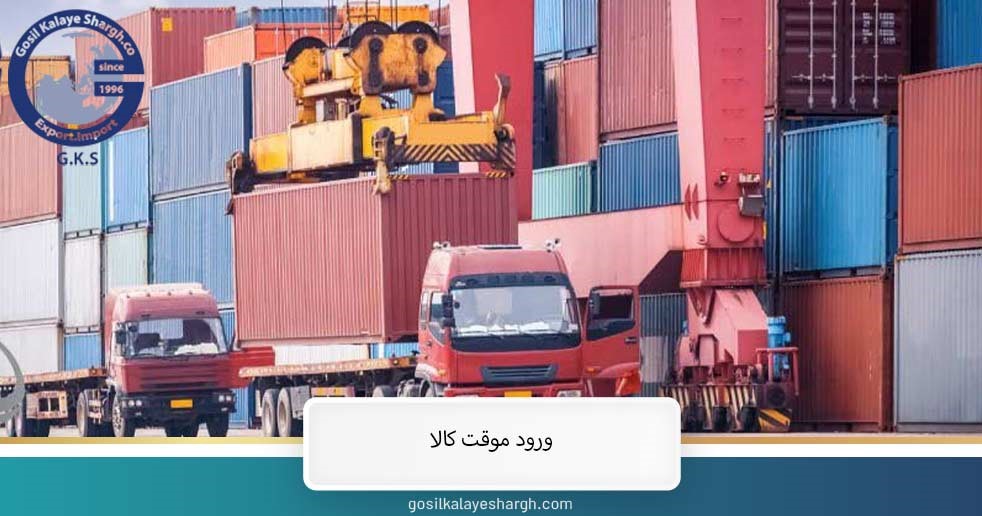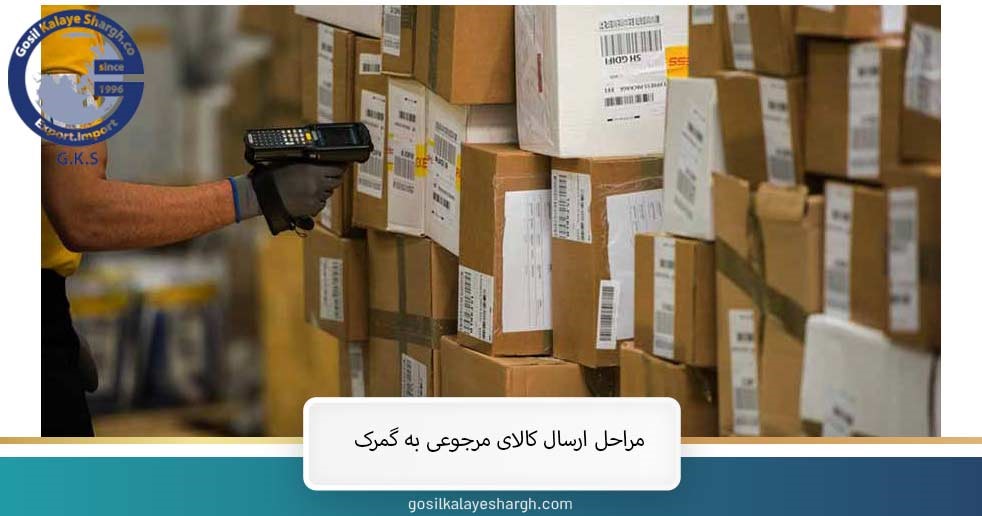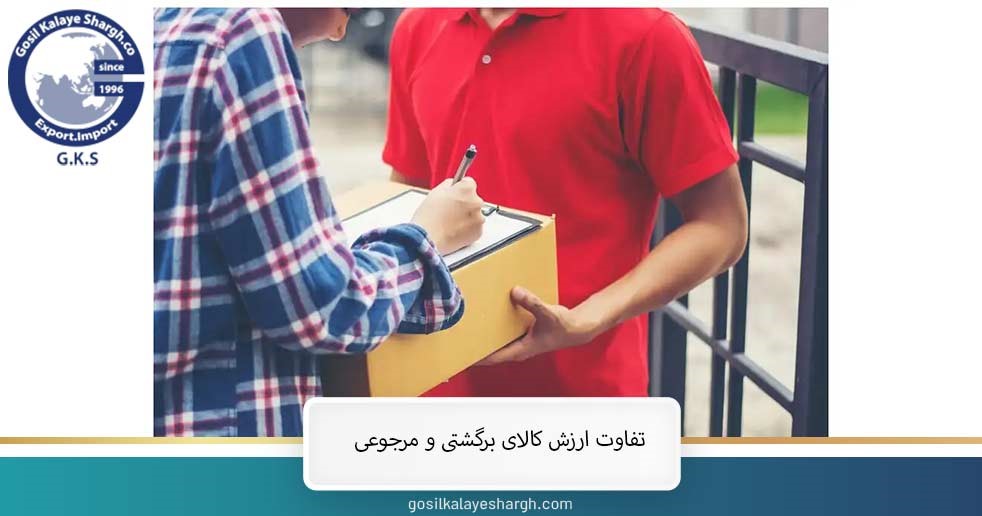But why are some goods returned to the customs and how can this issue be prevented? In this article, we will examine the factors that lead to the return of goods at customs and solutions to prevent them. Stay with us to learn more about the challenges and opportunities in this field.
What is a return invoice?
When a product is returned due to a technical defect or other reasons, this should be recorded in the accounting documents. The return invoice is one of the types of accounting documents in which the type of goods, price, number and signature of the returner and the receiver of the returned goods are in the customs recorded .
As one of the archival accounting documents, this invoice plays an important role in the accurate and correct recording of transactions. Archiving of these documents is necessary to track the status of goods and facilitate financial and management processes. In addition, importing Duff trucks to Iran is one of the important measures to improve the country’s road transport fleet. This truck has attracted the attention of transport companies and drivers due to its high quality, proper efficiency and optimal fuel consumption.
What is temporary entry of goods?
Temporary entry of goods is a customs procedure based on which certain goods specified in the law of customs affairs can temporarily enter the customs territory and the territory of the country under certain conditions. These goods must remain unchanged and leave the country during the period determined by the Iranian customs. Of course, it should be noted that things like depreciation are not included in this ruling.
همچنین ترخیص کالا از گمرک فرآیندی است که طی آن کالاهای وارداتی یا صادراتی پس از بررسی و تایید مدارک و پرداخت هزینههای مربوطه از گمرک آزاد میشوند. این فرآیند شامل مراحل مختلفی مانند ثبت اظهار نامه، بازرسی کالا، ارزیابی ارزش کالا، و پرداخت عوارض و مالیاتهای مربوطه است.
Procedures for sending returned goods to customs
The steps of sending returned goods at the customs include several steps that must be done carefully and in compliance with customs rules and regulations. Also, plastic export is one of the important parts of international trade, which plays a significant role in the economic development of countries. Plastics produced in Iran have been noticed in the world markets due to their high quality. In the following, we will discuss the steps of sending the returned product.
- Preparing the required documents
To send the returned goods to the customs, you must first collect the required documents related to the returned goods. These documents include sales invoices, certificates of authenticity, labels, return slips and any other relevant and required documents. It is important to prepare a sufficient number of these documents, because they are used as documents to confirm the ownership and value of goods.
- Determination of customs principles and regulations
By knowing the important principles and rules in the field of customs, you can find the correct way to send your returned goods. Knowledge, research and awareness of key issues in this field are very essential.
- Payment of related fees
When the returned goods will be sent to the customs, the related costs will also be incurred. First of all, you should carefully consider all customs fees and any applicable taxes or duties. For example, if the returned goods processed have been in the customs and entered the country, the customs must declare the related tax and the related tax costs must be paid.
The difference in the value of returned goods
According to Article 4 of the country’s customs affairs law, the value of the returned goods is determined based on the costs of repairing or completing the goods abroad, of which 15% is paid as customs duties. Temporary export is allowed only if the goods cannot be repaired or completed.
Also, parts that are added or replaced are not considered as completions and must be checked according to general import regulations. On the other hand, the value of the returned goods is determined according to Article 10 of the Law on Customs Affairs and includes the cost of insurance, transportation and loading (CIF) and the order registration fee.
What is the difference between returned goods and returned goods?
Returned goods are classified as temporary export goods that leave the country for repair or participate in international exhibitions and return to the country at the end of the deadline. In fact, the returned goods at the customs are the goods that entered the borders of the country but were not allowed to enter for various reasons and are returned to the exporting country.
The main difference between returned goods and returned goods is that the returned goods are on the way of temporary export. While the returned product is on the way of import and inspection. In terms of value, the value of the returned product is determined based on the cost of repairing or completing the product.
The reason for the goods being abandoned at the customs
The reasons for goods being abandoned at customs may be diverse. The main factors include non-payment of taxes and customs duties, non-compliance with technical and health standards, problems in ownership documents and violation of import laws and regulations. These issues can cause the returned goods to be abandoned at customs. In addition, this issue postpones the use of the goods in the destination market and may cause financial losses for the owners of the goods.
Return of prohibited goods
The conditions for returning goods for prohibited goods are such that if the prohibited goods are declared for customs clearance, the customs department must notify the owner of the goods in writing and refer the goods to him for a maximum period of 3 months. In this case, the owner of the goods has two months to submit his objection to the court.
Goods are returned to customs by paying customs fees and commercial interest. Also, the customs office can designate customs vehicles for the transportation of goods whose entry is prohibited or conditional, and appoint officers to supervise the transportation of goods to customs.
last word
Finally, it is very important to Returned goods at customs process, especially for prohibited goods. Laws and regulations have been established with the aim of preventing the entry of illegal goods and protecting national interests. Therefore, the awareness and compliance of these rules by importers not only prevents legal problems but also helps the flow of international trade. You can export your product in compliance with the rules and with the help of experienced experts.






